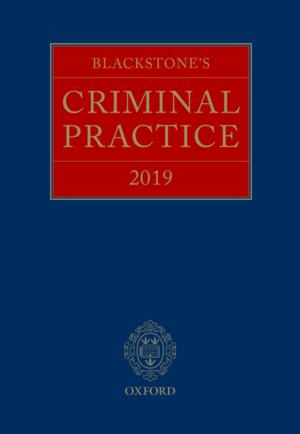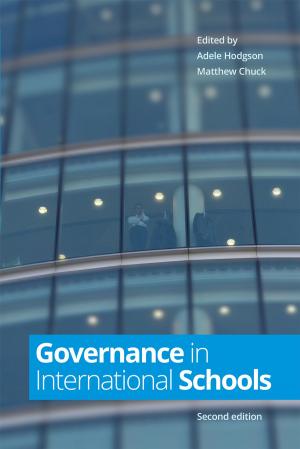Freelance Writer's Anatomy
Nonfiction, Reference & Language, Language Arts, Writing & Publishing, Writing Skills, Reference| Author: | Louise F. Blank | ISBN: | 9780980895810 |
| Publisher: | Louise F. Blank | Publication: | June 29, 2016 |
| Imprint: | Smashwords Edition | Language: | English |
| Author: | Louise F. Blank |
| ISBN: | 9780980895810 |
| Publisher: | Louise F. Blank |
| Publication: | June 29, 2016 |
| Imprint: | Smashwords Edition |
| Language: | English |
As a four-year old I dreamed of becoming a writer. In the dream, I sat at the table in our sunroom like a Clydesdale horse ploughing words onto paper. Everything in my anatomy led me to believe that my dream could become a reality.
Many of my students and others struggling to achieve their writing dreams attribute the struggle to an anatomy deficit. There are no holes in your anatomy and mom didn’t forget to throw the writer’s genes in your milk. What’s needed is a lesson on how brain cells within an anatomy work. Like a GPS system, brain cells need to know which direction you are heading. Your thoughts and actions act like mapping coordinates. The freelance writing practices in this book help keep you and your brain cells on the right road. They also act as a workout routine for all the brain cells needed to condition you as a high-performance writer.
Writing is like any other career. Learning and practice help you become really good at something you love. Visualizing yourself as a writer and pounding out words sends messages to brain cells that can help. Has an idea ever turned you on your heel? That would be your instinct at work after receiving directions that you are in need of an idea.
Cells operate on the roadmap you provide. Putting out the word that you want to be a writer puts cells in motion. In turn, they send you ideas, string together delectable sentences that take you by surprise, and move you in the direction of a completed pitch. They could just as easily send you to the grocery store for eggs, gambling on the stock market, or tell you how to build a bridge. Cells thrust information into our brains and put our hands in motion based on our hopes, dreams, and actions. They don’t randomly send us on a wild goose chase without having a little help from our thoughts and actions.
Exercise and good nutrition keep muscles and bones healthy and strong. Brain cells that nurture creativity and writing also need proper exercise and nutrition. There are more brain cells than we realize working diligently behind the scenes to nurture writing dreams into reality. Some brain cells help us put words to paper despite our fears and doubts. Others keeps us organized, helps us conduct research, and edit. Brain cells transform scattered ideas and words into articles and stories that have the power to make readers laugh, cry, cheer, or consider life from a different angle.
Writers, like athletes, need to learn how to maintain a healthy, creative anatomy. Athletes cross finish lines because they work hard, exercise and feed every muscle. In the beginning, however, they may understand ‘what’ needs to be done, but not ‘how’ to go about it. That’s where coaches and trainers can help. Consider me your coach and this book a training manual for helping you become a high-performance writing athlete.
As a four-year old I dreamed of becoming a writer. In the dream, I sat at the table in our sunroom like a Clydesdale horse ploughing words onto paper. Everything in my anatomy led me to believe that my dream could become a reality.
Many of my students and others struggling to achieve their writing dreams attribute the struggle to an anatomy deficit. There are no holes in your anatomy and mom didn’t forget to throw the writer’s genes in your milk. What’s needed is a lesson on how brain cells within an anatomy work. Like a GPS system, brain cells need to know which direction you are heading. Your thoughts and actions act like mapping coordinates. The freelance writing practices in this book help keep you and your brain cells on the right road. They also act as a workout routine for all the brain cells needed to condition you as a high-performance writer.
Writing is like any other career. Learning and practice help you become really good at something you love. Visualizing yourself as a writer and pounding out words sends messages to brain cells that can help. Has an idea ever turned you on your heel? That would be your instinct at work after receiving directions that you are in need of an idea.
Cells operate on the roadmap you provide. Putting out the word that you want to be a writer puts cells in motion. In turn, they send you ideas, string together delectable sentences that take you by surprise, and move you in the direction of a completed pitch. They could just as easily send you to the grocery store for eggs, gambling on the stock market, or tell you how to build a bridge. Cells thrust information into our brains and put our hands in motion based on our hopes, dreams, and actions. They don’t randomly send us on a wild goose chase without having a little help from our thoughts and actions.
Exercise and good nutrition keep muscles and bones healthy and strong. Brain cells that nurture creativity and writing also need proper exercise and nutrition. There are more brain cells than we realize working diligently behind the scenes to nurture writing dreams into reality. Some brain cells help us put words to paper despite our fears and doubts. Others keeps us organized, helps us conduct research, and edit. Brain cells transform scattered ideas and words into articles and stories that have the power to make readers laugh, cry, cheer, or consider life from a different angle.
Writers, like athletes, need to learn how to maintain a healthy, creative anatomy. Athletes cross finish lines because they work hard, exercise and feed every muscle. In the beginning, however, they may understand ‘what’ needs to be done, but not ‘how’ to go about it. That’s where coaches and trainers can help. Consider me your coach and this book a training manual for helping you become a high-performance writing athlete.















